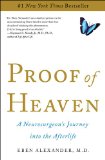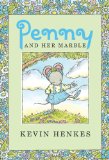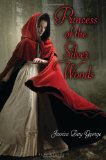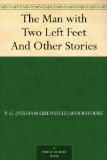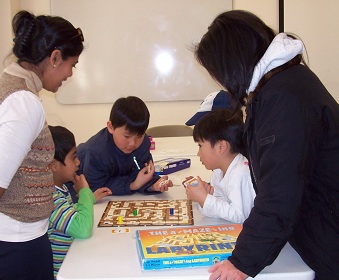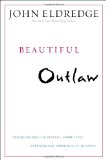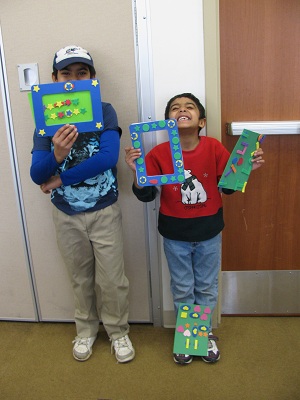Review of Proof of Heaven, by Eben Alexander, MD
A Neurosurgeon’s Journey into the Afterlife
by Eben Alexander, M.D.
Simon & Schuster, New York, 2012. 196 pages.
Starred Review
Let me say right up front that for skeptics, it will take more than one person’s personal experience, even a neurosurgeon’s personal experience to convince them that heaven is real. For someone who already believes it, though, Eben Alexander’s story is wonderful confirmation. And it’s clear that his experience convinced him.
As a neurosurgeon, Dr. Alexander believed that our consciousness and existence is rooted in our brain and neurochemical impulses. So when he was attacked with meningitis that completely disabled his neocortex, he shouldn’t have been conscious of anything. Instead, he experienced heaven and talked with God.
At the very least a miracle happened that he survived six days in a coma and recovered full brain function afterward. Dr. Alexander goes into the medical details of his case, and it’s clear that at the very least his experience convinced him that heaven is real and our consciousness can exist apart from our brain.
I’ve read a few of these books about near death experiences now. It does strike me that the details are different for each one, and for each one it suits what the person knows and expects (though all would say it’s much grander than what they expect). But at least one message is common to all of them: God loves you. So much.
Here’s how Dr. Alexander explains in the Prologue that his story is important:
During my coma my brain wasn’t working improperly — it wasn’t working at all. . . . In my case, the neocortex was out of the picture. I was encountering the reality of a world of consciousness that existed completely free of the limitations of my physical brain.
Mine was in some ways a perfect storm of near-death experiences. As a practicing neurosurgeon with decades of research and hands-on work in the operating room behind me, I was in a better-than-average position to judge not only the reality but also the implications of what happened to me.
Those implications are tremendous beyond description. My experience showed me that the death of the body and the brain are not the end of consciousness, that human experience continues beyond the grave. More important, it continues under the gaze of a God who loves and cares about each one of us and about where the universe itself and all the beings within it are ultimately going.
The place I went was real. real in a way that makes the life we’re living here and now completely dreamlike by comparison. This doesn’t mean I don’t value the life I’m living now, however. In fact, I value it more than I ever did before. I do so because I now see it in its true context.
Perhaps Proof of Heaven is an overly optimistic title for some. But if you do believe in heaven, reading this book will bolster your faith and remind you that some important things in life can’t be seen with our physical eyes. And God loves you.
Find this review on Sonderbooks at: www.sonderbooks.com/Nonfiction/proof_of_heaven.html
Disclosure: I am an Amazon Affiliate, and will earn a small percentage if you order a book on Amazon after clicking through from my site.
Source: This review is based on a library book from the Fairfax County Public Library.
Disclaimer: I am a professional librarian, but I maintain my website and blogs on my own time. The views expressed are solely my own, and in no way represent the official views of my employer or of any committee or group of which I am part.
